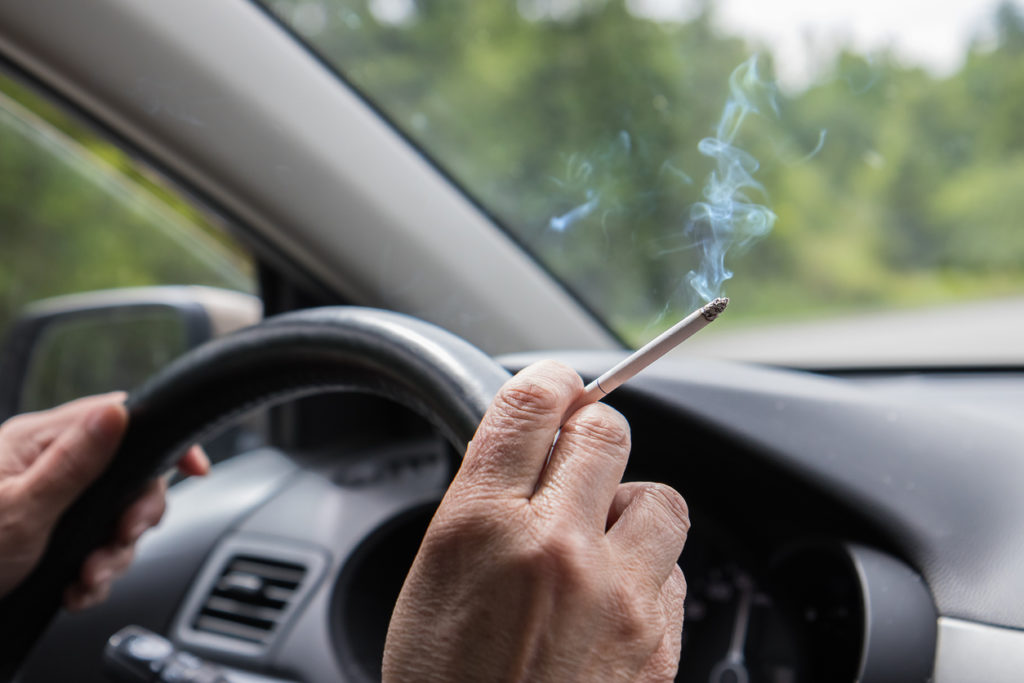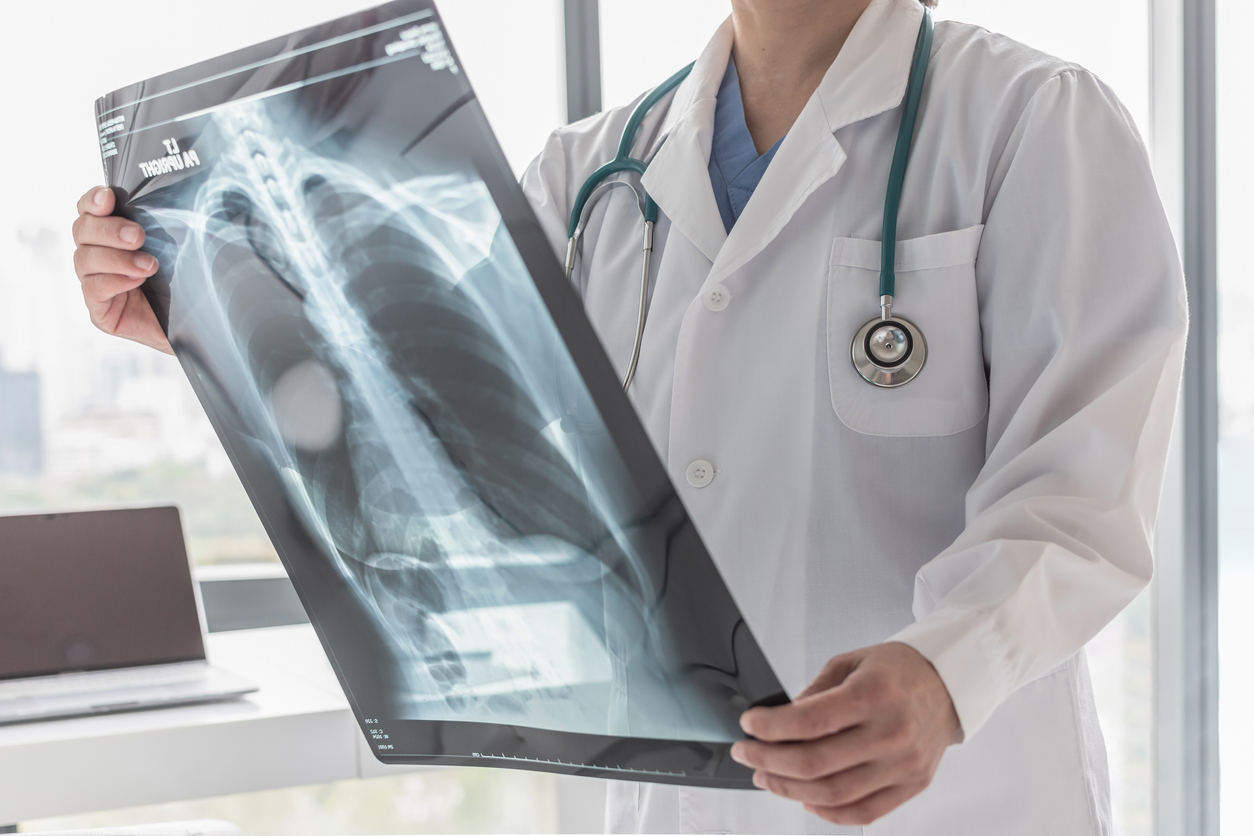What is COPD?
What is COPD?
According to the NIH, approximately 12 million adults in the U.S. are diagnosed with COPD, and another 12 million adults are thought to have undiagnosed COPD. Chronic Obstructive Pulmonary Disease, or known by its acronym COPD, is an umbrella term that consists of a range of lung diseases that essentially make it harder to breathe.
Most people living with COPD are diagnosed with its two main types: emphysema and chronic bronchitis. The disease is progressive, meaning symptoms may worsen. There is no cure for COPD, however, with the proper treatment COPD is manageable and allows people to carry on with their lives.
What is Emphysema?
Emphysema occurs when lung tissues are continually damaged or destroyed, due to over-inflation of air sacs in the lungs. As air sacs, or alveoli, are impaired, they lose their ability to contract after expanding in the lungs. The result is damaged lung tissue and collapsed airways, making it more and more difficult to breathe and catch your breath.
What is Chronic Bronchitis?
Chronic Bronchitis is another form of COPD in which airways fill with mucus to cause inflammation in the bronchial tubes. Small hair fibers in the bronchial tubes that usually help cough up mucus are damaged, resulting in the build up of even more mucus and coughing. Coughing and restricted airflow to the lungs are major symptoms of Chronic Bronchitis.
COPD Causes
The main cause of COPD in the U.S. is smoking. Additionally, people develop COPD from inhaling fumes, toxins, and chemicals for an extended period of time. Most people are exposed to harmful pollutants in certain work environments but sometimes in the home as well.
Other risk factors for COPD are:
- Genetic Factors: Genetic factors in smokers can make them more vulnerable to the disease. In addition, the genetic disorder alpha 1-antitrypsin deficiency can make individuals susceptible to COPD.
- Age: COPD usually starts exhibiting noticeable symptoms with older age, as most people begin to show signs of the disease at about age 40 or older.
- Smoking with Asthma: On top of smoking increasing your risk for COPD, also having asthma along with the habit of smoking can develop the disease.
- Exposure to Air Pollution: Harmful fumes both inside and outside can contribute to increased risks for COPD

COPD Symptoms & Signs
One of the first signs of COPD is experiencing shortness of breath. However, don’t chalk it up to growing older – visit your doctor if you’re experiencing consistent difficulty breathing or any of the following symptoms:
- Persistent coughing or continually clearing your throat, with or without mucus
- Wheezing, chest tightness, or shortness of breath
- Swollen in lower legs
- Unintentional weight loss
- Frequent colds or flu
- Lethargy and tiredness
You should seek medical care immediately if you notice the following:
- Your fingernails or lips are a blue or gray color, signaling low oxygen levels in blood
- You can’t seem to catch your breath or cough
- You have a fever over 101 degrees
- Your heart feels like it’s racing
- You feel confused, dizzy, or faint
- The mucus you cough up is discolored – if it’s yellow, green, or rust-colored
If you experience any of the above symptoms, contact your doctor within 24 hours as your COPD may be worsening or you may have contracted an infection.
Diagnosing COPD
Your doctor will evaluate your symptoms, review your medical and family history, and take a look at your exposure to lung irritants. In particular, your doctor will typically check out:
- If you smoke or have a history of smoking
- If you’ve been exposed to secondhand cigarette smoke, harmful fumes, and other air pollutants
- If you’re experiencing tell-tale signs such as chronic cough and mucus, trouble breathing, and other symptoms
- If you have a family history of COPD
Most people do not realize that they have COPD until the more advanced stages of the disease, when symptoms are more prevalent and severe. You may feel tempted to attribute a lingering cough or shortness of breath to getting older or feeling out of shape – don’t. Talk to your doctor about your symptoms as receiving treatments earlier on are more effective.
To correctly diagnose COPD, doctors may order the following tests:
- Spirometry: This common test is used to measure how well your lungs work – measuring how much air inhaled, exhaled, and how fast you exhale. A spirometry test will clue doctors into any breathing disorders or difficulties with airflow that you may have.
- Chest X-Ray or CT Scan: This test can help detect emphysema, one of the main forms of COPD.
- Alpha-1-antitrypsin (AAt) Deficiency Test: This test is often used for those under age 45 with a family history of COPD. Blood is checked to determine any issues in your genes that can cause the disease.
- Arterial Blood Gas Analysis: This analysis evaluates your lung’s ability to move oxygen into the blood, and remove carbon dioxide from your blood.
- 6-Minute Walk Test: Measures your capacity for fitness and endurance during a normal walk for six minutes. The results from the walk test are used to measure how much exercise you can do safely. Depending on these results your doctor may order more tests for heart, lung, and other health problems.

COPD Treatment
COPD treatment is not one-size-fits-all. Depending on a number of factors and the severity of your symptoms, your doctor will work with you to craft the best care plan for your needs. However, there are some common treatments you can expect for COPD:
Bronchodilators: Bronchodilators can come in many forms, from inhalers to tablets. They work by relaxing the muscles that tighten around the airways, essentially opening up the airways to make breathing easier.
Flu/Pneumonia Shots: Catching the flu or pneumonia is very dangerous when you have COPD, since these conditions worsen your symptoms and can cause serious complications.
Fitness & Physical Activity: Participating in moderate exercise can help improve the symptoms of COPD and maintain a healthy lifestyle. While it seems counterintuitive to exercise while already experiencing challenging when breathing, fitness does actually help in the long-term by strengthening respiratory muscles and helping send oxygen to your body.
Quit Smoking: This is the most important thing to do when an individual has COPD. Quitting smoking is the only way to prevent COPD from getting worse and worse.
Inhalers and other Medications: Individuals can benefit from options like inhaled steroids, oral medications, Phosphodiesterase-4 inhibitors, Theophylline, and antibiotics.
Lung Therapies: Sometimes used for those who have moderate to severe COPD, therapies such as oxygen therapy and pulmonary rehabilitation can help manage symptoms and increase one’s quality of life.
Though treatment options can help someone with COPD manage their symptoms and move forward, there may be times where symptoms flare up due to triggers such as respiratory infections or air pollution. These flare ups can last days or weeks and are known as acute exacerbations. When this happens, you may experience severe shortness of breath or make noise when you try to breathe. While warning signs of an exacerbation vary from person to person, it’s crucial to call your doctor when you feel a flare-up coming on to manage it. Poorly managed exacerbations can land you into the hospital if ignored.
COPD Care
If COPD is still difficult to manage with ongoing treatment, Open Systems Healthcare can help. We provide personal care services to assist you around the house and to make your daily life easier. In addition, we also offer home health care services for those who require medical care in the comfort of their own home. Learn more about these options and find a location near you.
